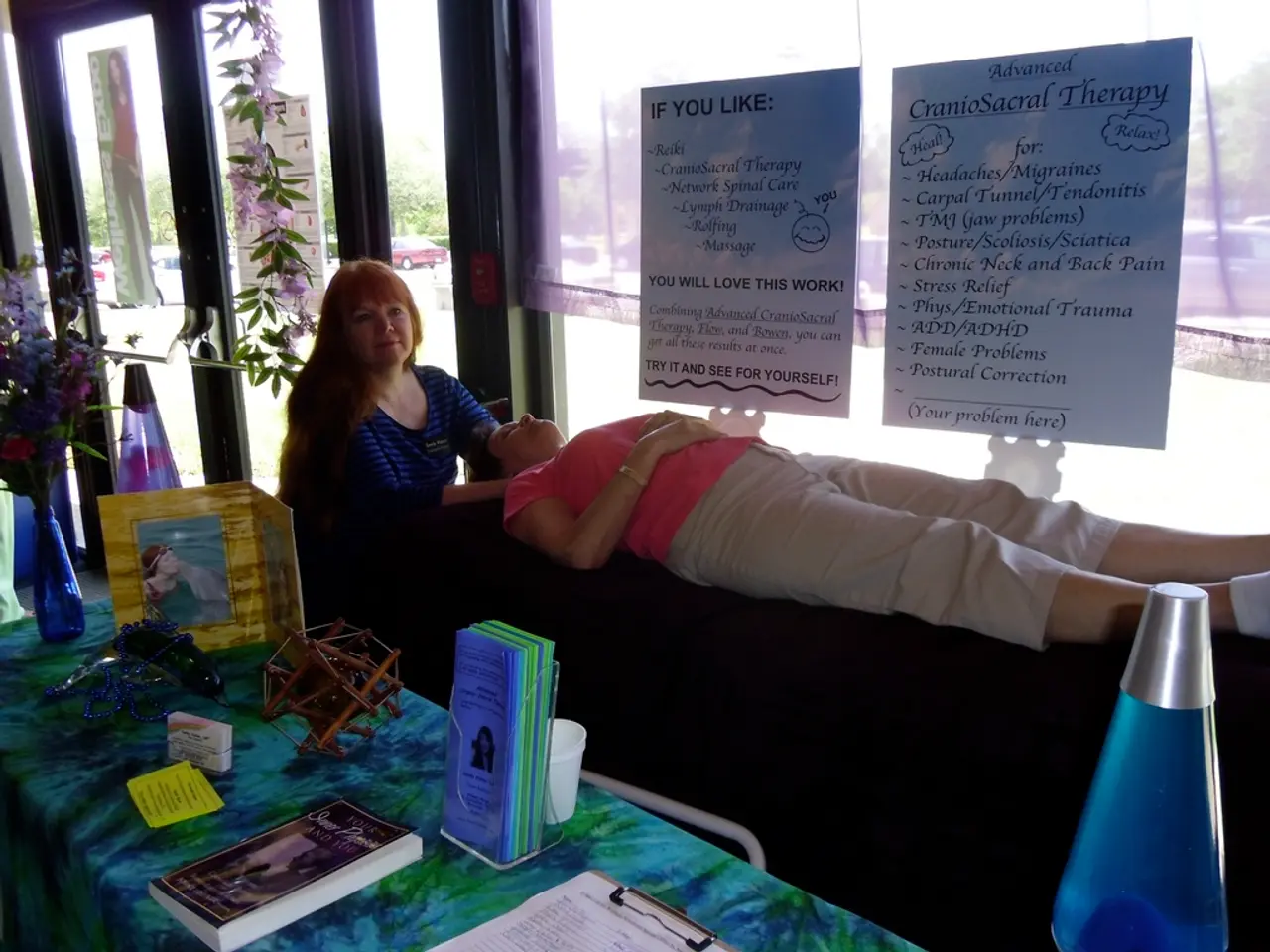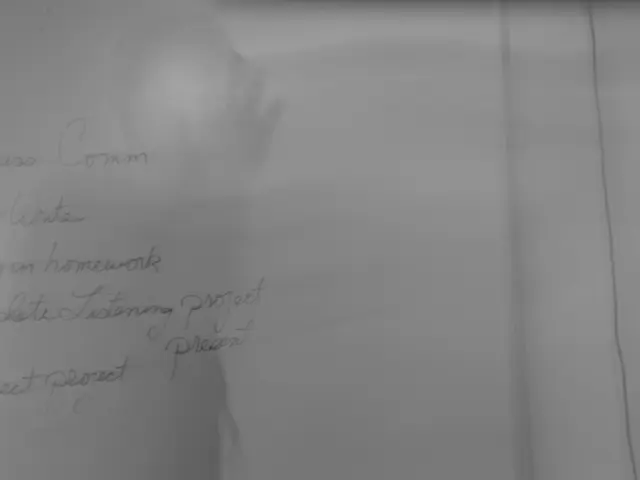Strategies for Escaping Persistent Behavioral Trends Rooted in Childhood Trauma
Childhood trauma can have lasting effects into adulthood, leading to mental health issues such as anxiety, depression, and PTSD. However, there are numerous effective coping strategies that can help individuals deal with these challenges.
Trauma-Informed Therapies
Trauma-informed therapies, such as Eye Movement Desensitization and Reprocessing (EMDR), Trauma-Focused Cognitive Behavioral Therapy (TF-CBT), and Narrative Exposure Therapy (NET), are particularly beneficial.
EMDR uses guided eye movements to help process traumatic memories and lessen distress. TF-CBT is structured therapy effective for children and adults, teaching coping skills and addressing trauma symptoms. Narrative Exposure Therapy encourages creating a coherent trauma story to foster emotional integration and identity reconstruction.
Supportive Strategies
In addition to trauma-informed therapies, mindfulness and meditation, somatic experiencing (addressing trauma stored in the body), dialectical behavior therapy (DBT) for emotional regulation, self-care practices like exercise and proper sleep, participation in support groups, open communication about trauma, and family therapy to heal relationships and break cycles of trauma are all valuable strategies.
Mindfulness has been shown to help curb anxiety in individuals dealing with high stress, according to a study in JAMA Internal Medicine. Somatic experiencing targets the physiological effects of trauma by releasing bodily tension through grounding and breath work. DBT combines cognitive-behavioral techniques with mindfulness to improve emotional regulation and distress tolerance.
Self-Care and Support
Self-care, such as exercise, nutrition, and sleep, supports overall well-being. Support groups provide connection and reduce isolation, facilitating communal healing. Open communication and family therapy can create safe environments for dialogue and healing within family systems affected by trauma.
Breaking Free from Trauma Patterns
Recognizing triggers, making healthier choices, leaning on those who care, and reaching for personal growth are key aspects of breaking free from childhood trauma patterns. Friends and family can provide emotional support and help individuals engage more fully in the therapeutic process.
The Power of Self-Compassion
The power of self-compassion is supported by research from Dr. Kristin Neff. Self-compassion can mitigate the aftershocks of trauma by encouraging individuals to treat themselves with kindness. Establishing boundaries can provide emotional protection and healing.
Resources for Healing
Community groups and organizations offer resources like workshops, counseling, and social events to support individuals dealing with trauma. Medication can be part of the healing journey for some individuals dealing with anxiety or depression.
Early Intervention and Prevention
Early intervention improves outcomes by minimizing long-term mental health issues related to unresolved childhood trauma such as PTSD, anxiety, depression, and emotional dysregulation. Nearly 35 million American children have experienced at least one serious trauma, according to the National Survey of Children's Health.
Personal Transformation
Personal transformation can result from grappling with childhood trauma, leading to a deeper awareness of self. Cognitive Behavioral Therapy (CBT) is a therapy that helps individuals recognize and challenge negative thought patterns.
In a trauma-informed therapeutic environment emphasizing safety, validation, and empowerment, individuals can find the tools they need to heal and grow. Taking back control is empowering and can be achieved by setting and achieving small, manageable goals.
- Trauma-informed therapies, like EMDR, TF-CBT, and NET, are beneficial for processing traumatic memories and addressing trauma symptoms.
- Mindfulness and meditation, somatic experiencing, DBT, self-care practices, participation in support groups, open communication, and family therapy are all valuable strategies for coping with mental health issues from childhood trauma.
- Mindfulness has been shown to help curb anxiety in individuals dealing with high stress, while somatic experiencing targets the physiological effects of trauma by releasing bodily tension.
- Self-care, such as exercise, nutrition, and sleep, supports overall well-being, and support groups provide connection and reduce isolation.
- Recognizing triggers, making healthier choices, seeking support from loved ones, and striving for personal growth are essential aspects of breaking free from childhood trauma patterns.
- Early intervention can minimize long-term mental health issues related to unresolved childhood trauma, such as PTSD, anxiety, depression, and emotional dysregulation, and community groups and organizations offer resources to support individuals dealing with trauma.




